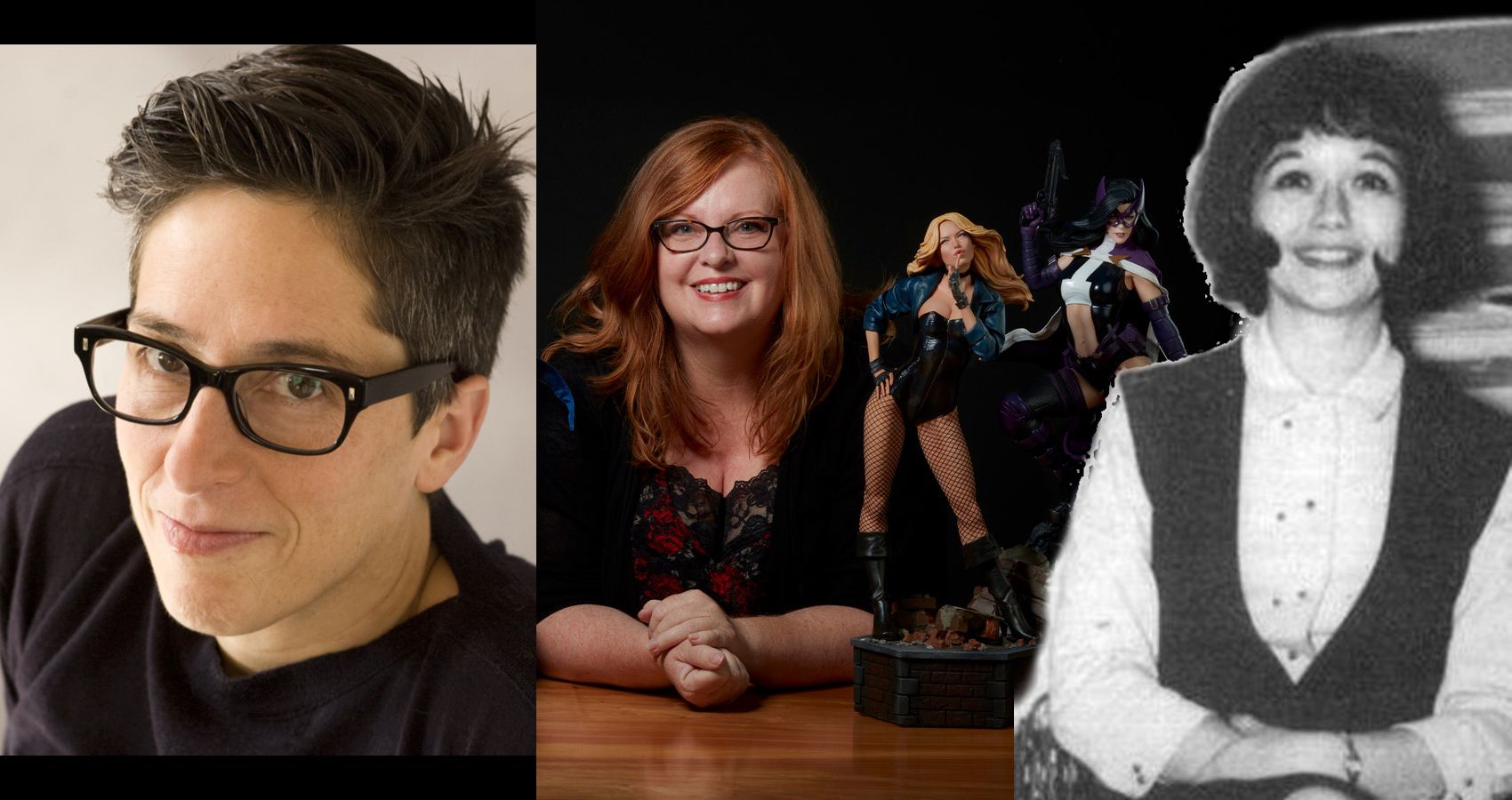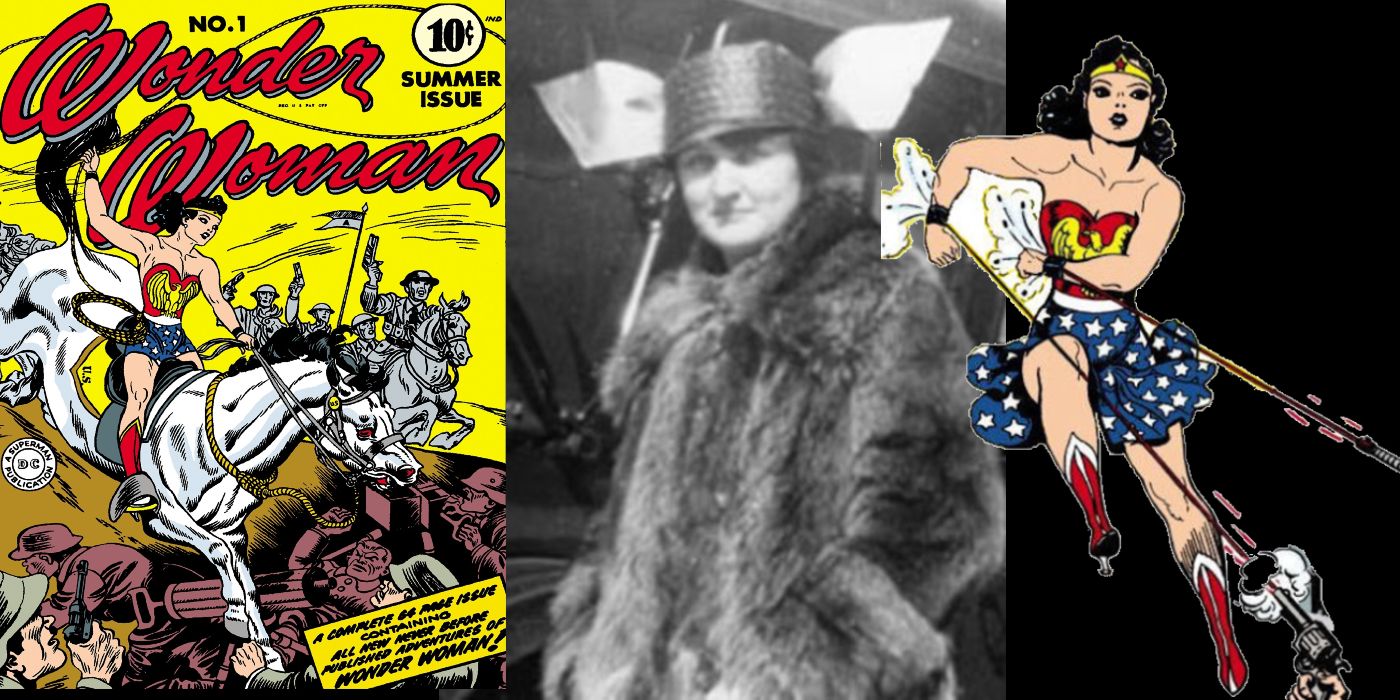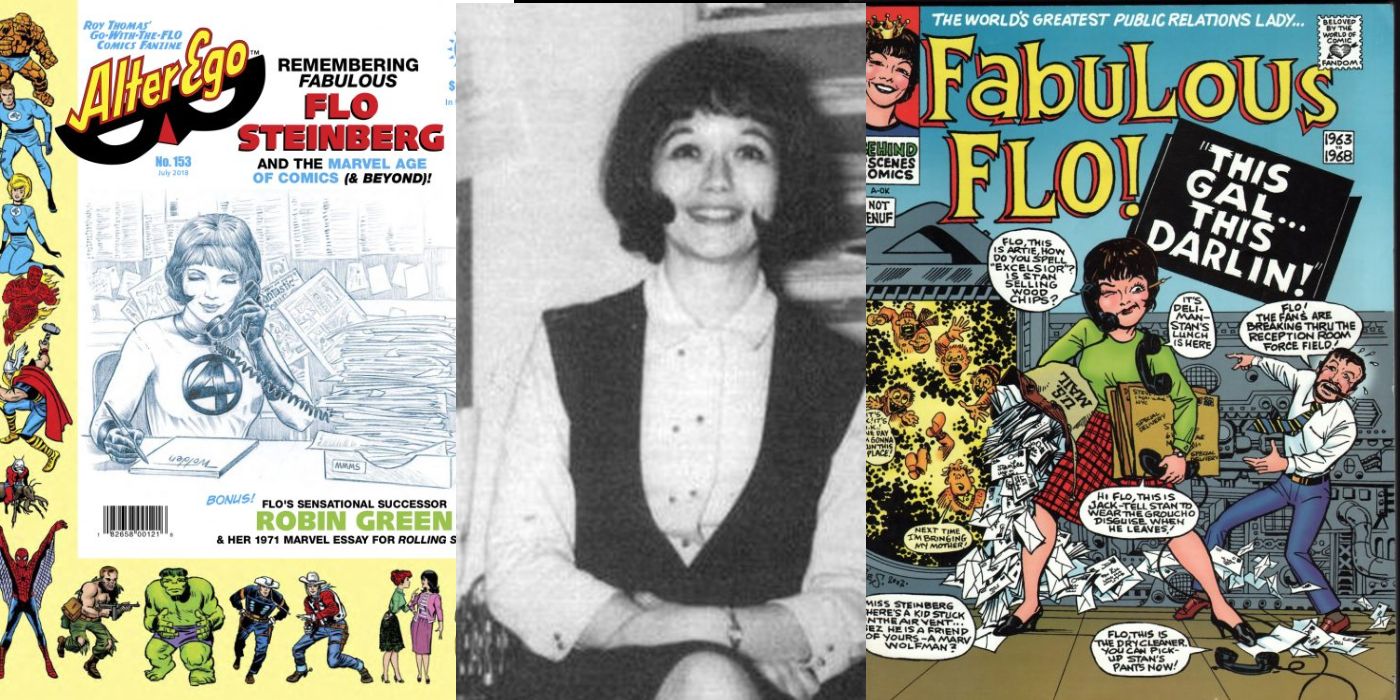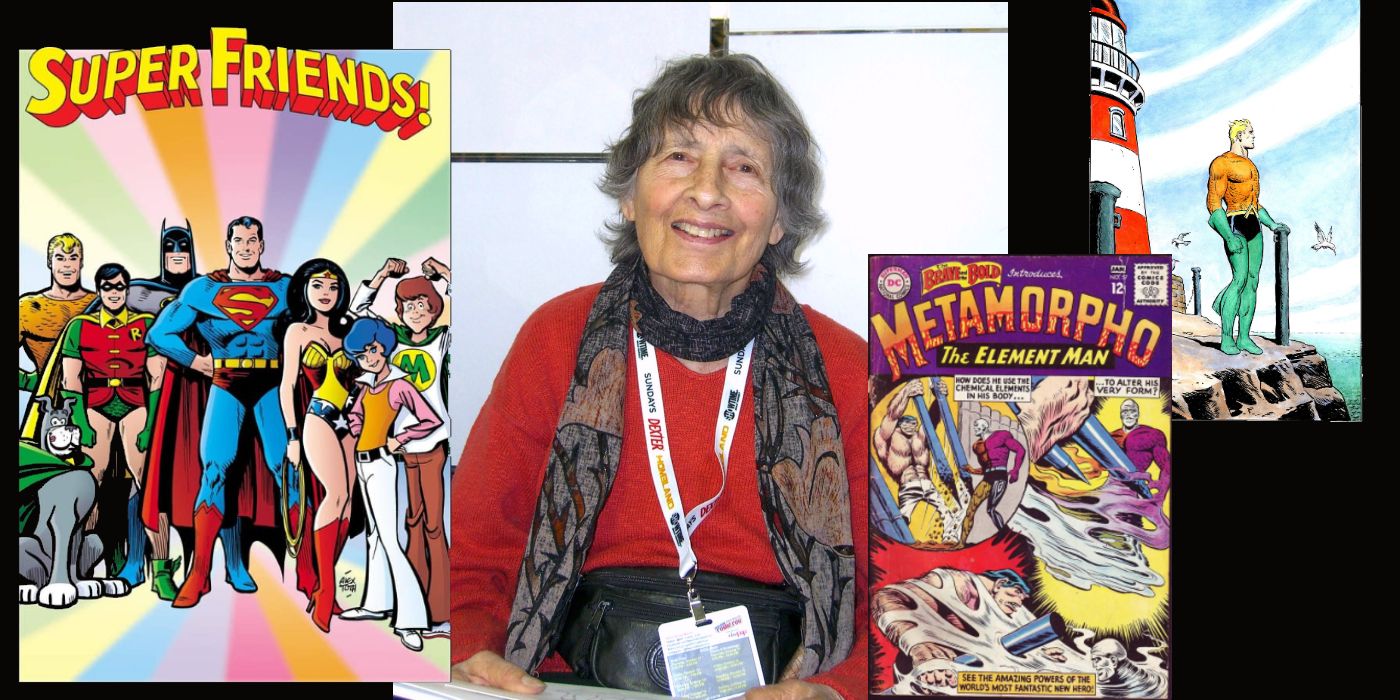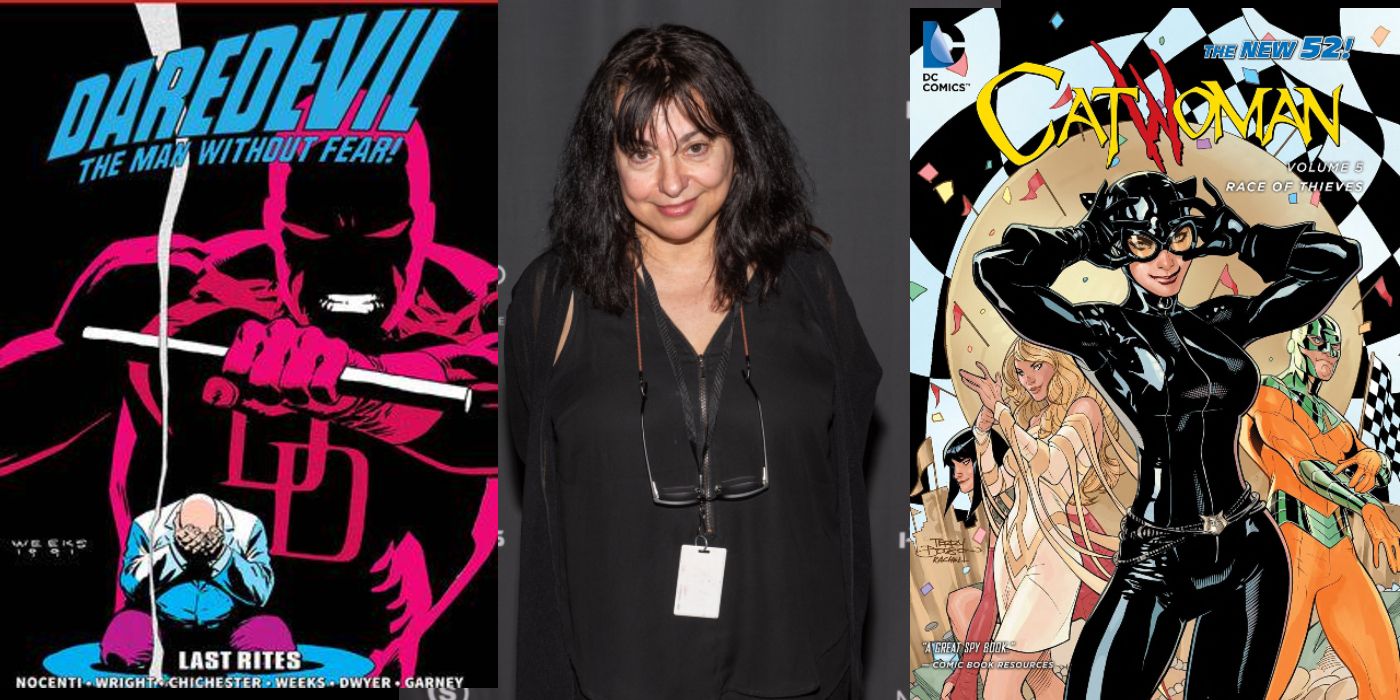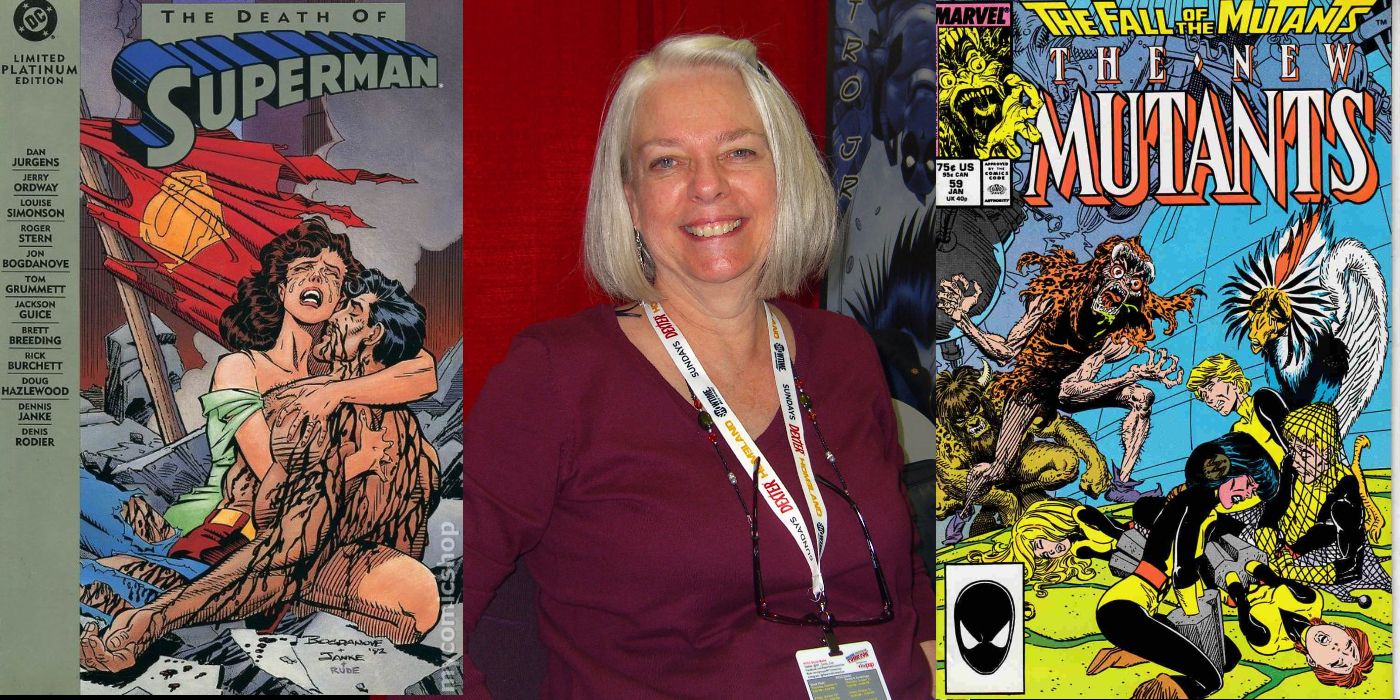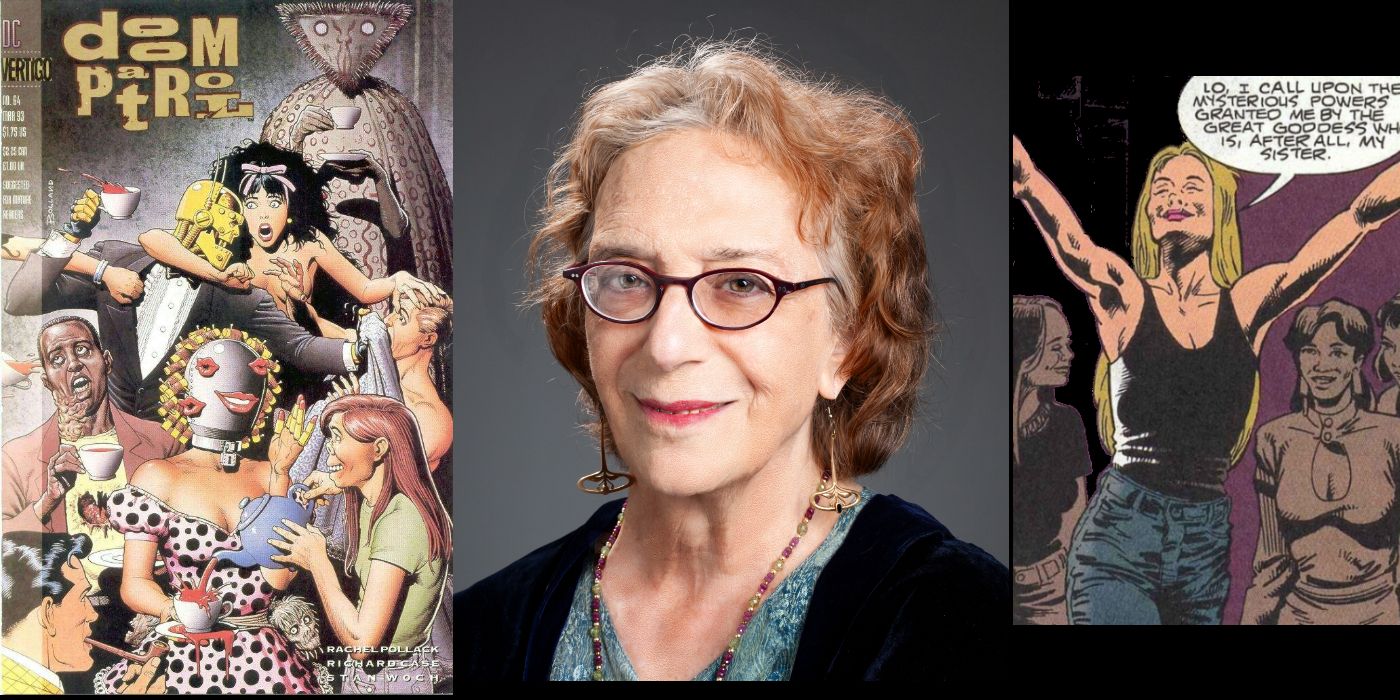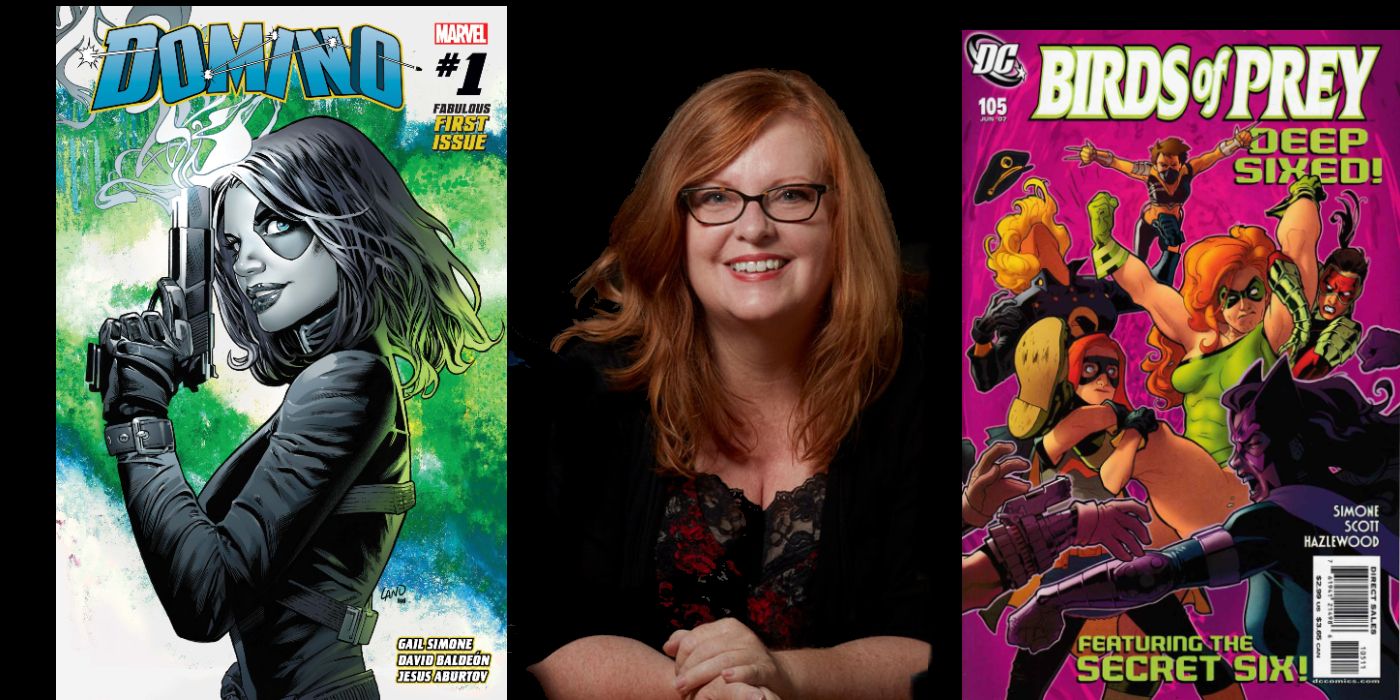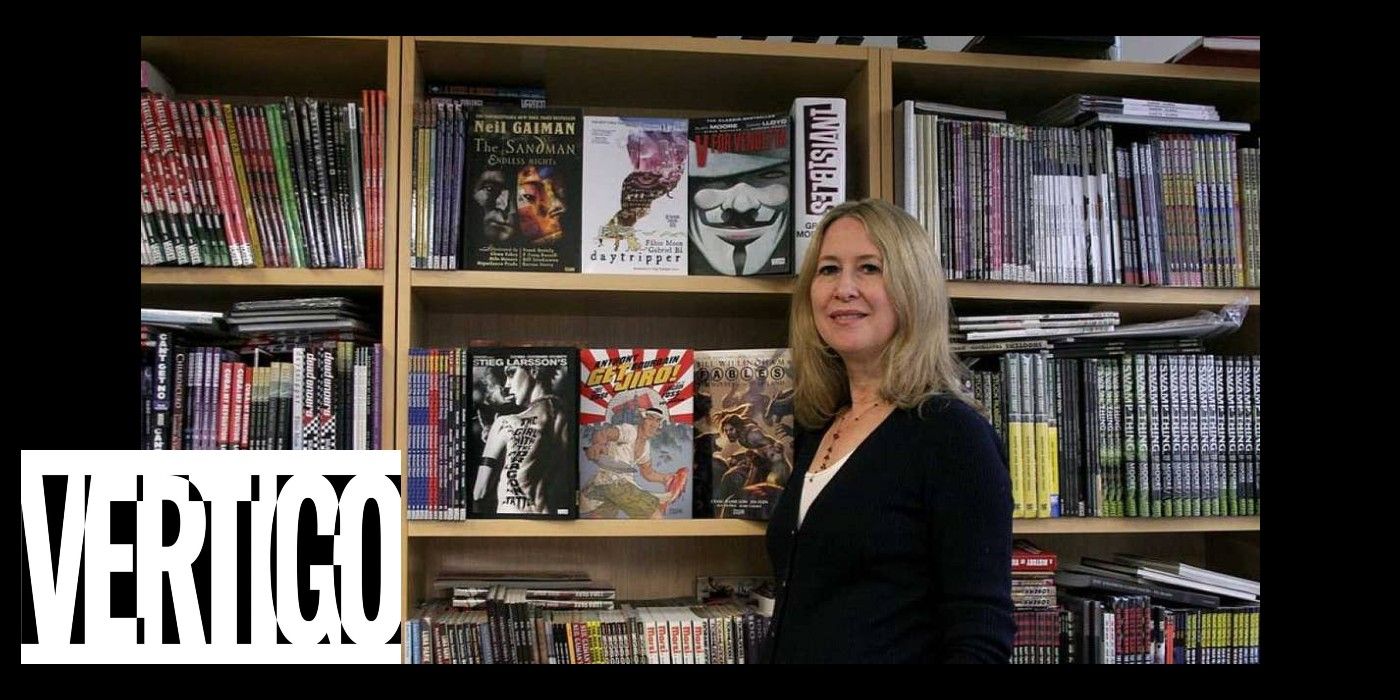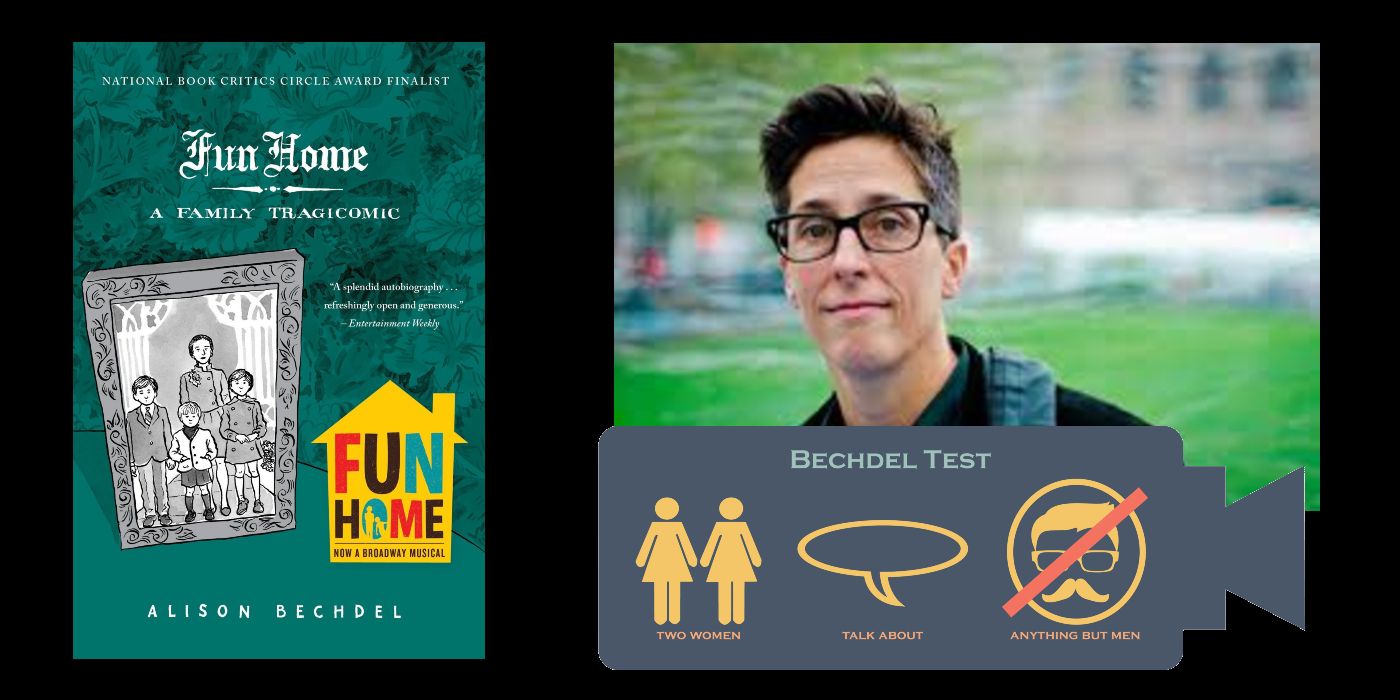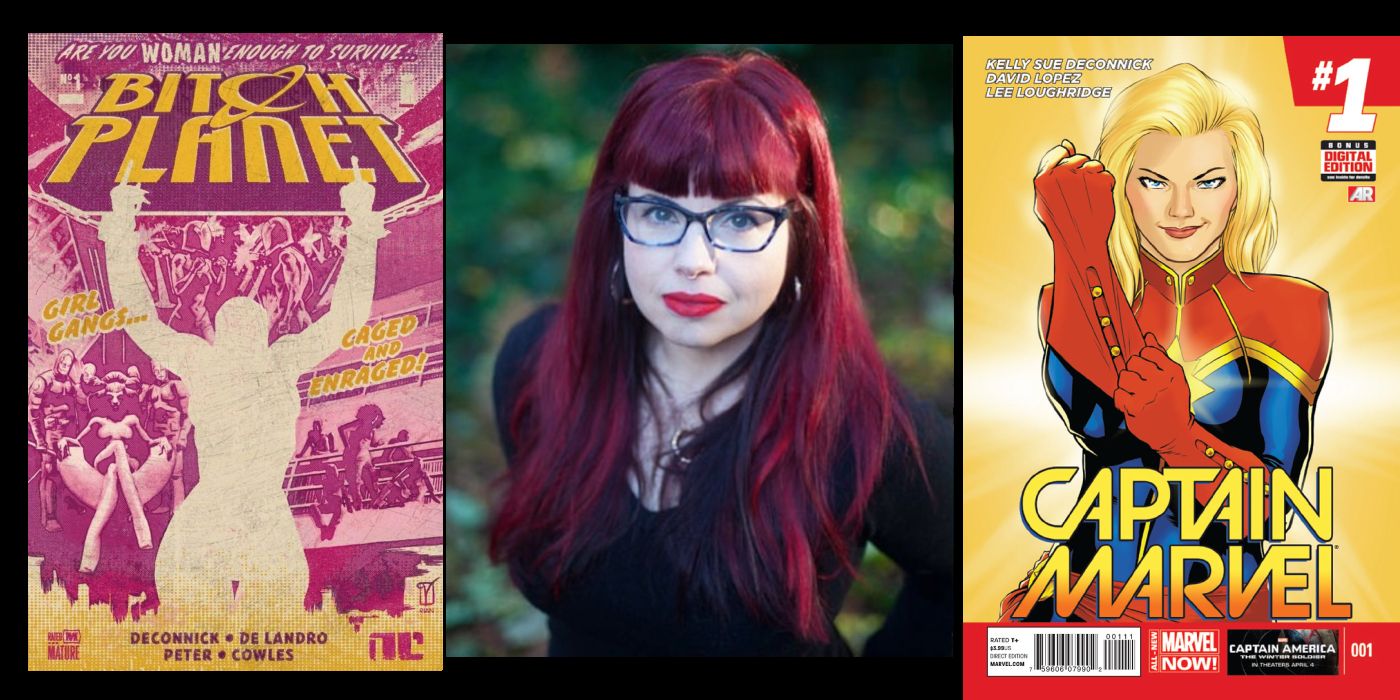Since the early days, the comics industry has been a predominantly male-dominated corner of the entertainment industry. This is not to say that female creators have not around since the beginning; their contributions to the industry throughout the years cannot and should not be ignored. These days, female creators and fans make up a good portion of the industry and fandom.
The women creators and editors in the industry have not only helped diversify comics but also taken a stand to fight for fair representation, including the way women are written, drawn, or treated as characters. Overall, female creators have kept the entire medium honest so that everyone can enjoy comics.
10 Elizabeth Holloway Marston
Though Dr. William Moulton Marston is credited with Wonder Woman's creation, it was his wife, Elizabeth, who advised him on many aspects of the character's concept. Elizabeth was a highly educated woman who held advanced degrees in psychology and law, meeting Marston in law school and later marrying him after helping with his research resulting in the systolic blood-pressure test, which was subsequently incorporated into the polygraph.
When Marston was hired by the publishing companies that later became DC Comics as an educational consultant, he had the idea of a hero who fought with love and not violence. Elizabeth suggested that it be a woman, and along with Olive Bryne, Marston's former student and part of the couple's polyamorous relationship was used to design Wonder Woman's concept.
9 Flo Steinberg
Flo Steinberg, who earned the nickname "Fabulous Flo," began as the secretary and fan liaison as Marvel Comics began publishing comics in the 1960s. Steinberg was responsible for coordinating and making sure that the artists meet deadlines, responding to fan letters, and making sure the artwork was delivered to the Comics Code Authority for approval and adherence to the Comics Code. During her tenure at Marvel, Steinberg became enthralled with the underground comix scene.
After leaving Marvel in 1968, she created and published independent comic books in 1975, Big Apple Comix, with it becoming one of the first major independent underground comics. In the October 1978 issue of What If? #11 Steinberg appeared as the Invisible Woman starred alongside Stan Lee, Jack Kirby, and Sol Brodsky who completed the imaginary Fantastic Four.
8 Ramona Fradon
Ramona Fradon began her career in comics in 1950, at a time when it was unusual for women to work on, let alone illustrate, comic books or comic strips. After graduating from Parsons School of Design, Fradon landed her first assignment at DC Comics, a Shining Knight feature, before moving on to her first ongoing assignment illustrating Aquaman as part of the Adventure Comics backup feature.
Throughout her years with DC Comics, she created characters such as Aqualad, co-creating Metamorpho, and handling art duties on Plastic Man, Freedom Fighters, and Super Friends. In 1980, she became the artist for the comic strip Brenda Starr, until 1995 and was later inducted into the Comic Book Hall of Fame in 2006.
7 Ann Nocenti
Ann Nocenti has undertaken many roles in the comic book industry since starting her career at Marvel Comics in 1982. Nocenti, known for her outspoken political view focusing on the position of women in society, and the role of government, wrote her first work for the Marvel anthology in Bizarre Adventures #32, which led to her first regular comics assignment, Spider-Woman.
Nocenti would go on to write Daredevil, edit titles such as New Mutants and The Uncanny X-Men, and creating characters as Typhoid Mary, Longshot, Mojo, and Spiral. Nocenti has also worked for DC Comics writing Green Arrow, Catwoman, and Katana during the New 52 era and a 16-issue Kid Eternity series for Vertigo in the 90s.
6 Louise Simonson
Louise "Weezie" Simonson is a comic writer and editor, best known for her work for Marvel and DC Comics. She began her professional comic book career with Warren Publishing, where she became the senior editor of titles such as Creepy, Eerie, and Vampirella before leaving the company at the end of 1979 to work for Marvel Comics editing Uncanny X-Men and The New Mutants. In 1983 she would begin writing for Marvel, creating the Power Pack and X-Men such a Cable and Apocalypse.
She would later make a move to DC Comics, launching the Superman: The Man of Steel title, a chief architect of The Death of Superman storyline, and creating John Henry aka Steel. She continues to work with various publishing companies, as well as continuing to do projects for Marvel and DC.
5 Rachel Pollock
Following a creator like Grant Morrison on any title might be intimidating. Still, in the 90s, Rachel Pollack, a science fiction author and advocate for the women's spirituality movement, accepted the challenge, giving Doom Patrol fans an unforgettable run on the Vertigo title. In her run on the series, Pollock addressed women's issues such as sexual identity and transsexuality.
Pollock, a transgender woman herself, explored these topics and more through the creation of Coagula/Kate Godwin, a prostitute who gained the ability to thicken liquids and dissolve solids at will after a sexual encounter with Negative Man. When introduced, Kate identifies as lesbian, but as the series progresses, it becomes clear she is bisexual, beginning a romance with Robotman before she was killed when Dorothy Spinner suffers a mental breakdown.
4 Gail Simone
Gail Simone is one of the most influential and outspoken woman creators in the industry today. Simone is an outspoken voice on gender, sexual orientation, and race, something that is reflected in her work with both DC Comics, Marvel, and other publishers. After rediscovering the medium, she became bothered by the sexism prevalent in many superhero comics. In a list titled "Women in Refrigerators," Simone compiled an extensive list of stories involving female characters placed in demeaning situations merely to motivate a male character to action.
Her columns were the springboard that launched her career writing comics and earned her such distinctions as the female to have the longest-run on Wonder Woman, Glyph Comics Awards, and GLAAD Award nominations for her inclusion and portrayal of LGBT characters. Simone has had stellar runs on titles such as Birds of Prey, Deadpool, and Domino.
3 Karen Berger
Not all women who have changed the comic book industry are creators; some, like Karen Berger, have impacted comics as editors overseeing the creative process. Berger began her comics career as an editor for DC Comics titles such as Legion of Super-Heroes, House of Mystery, and raising awareness of titles such as Alan Moore's Swamp Thing and Neil Gaiman's The Sandman.
In 1993, Berger spearheaded the creation of DC's Vertigo line of books such as Fables, Hellblazer, 100 Bullets, Preacher, V for Vendetta, and Y: The Last Man, which challenged the idea of mainstream comics. Berger has won three Eisner Awards and consecutively won Comics Buyer's Guide Award for Favorite Editor from 1997 through 2005. After the Vertigo line was canceled, Berger started the Berger Books line from Dark Horse Comics.
2 Alison Bechdel
Alison Bechdel is a cartoonist, perhaps best known for her graphic novel Fun Home, a memoir of her experiences growing up, later adapted as a musical that won the 2015 Tony Award for Best Musical. Fun Home: A Family Tragicomic is the autobiographical telling of Bechdel's childhood and relationship with her parents, especially her father, and the years leading up to his suicide. Bechdel is credited with creating a measure of women's representation and gender inequality in fiction.
The Bechdel test looks for the number of instances where at least two women converse about something other than men. Bechdel's contributions also include the inclusion of leading queer characters as she did in her comic strip, Dykes to Watch Out For.
1 Kelly Sue Deconnick
Kelly Sue DeConnick, a self-proclaimed feminist, has made it her goal as a comics creator to promote feminism and feminist ideas, such as attacking the notion of the "damsel in distress" stereotype. She has proposed the "Sexy Lamp Test" as an addition to the Bechdel test, stating that if a sexy lamp can replace a female character in a story and it still works, it may need a rewrite. In 2016 she began the #VisibleWomen movement on Twitter to dispel the notion that women comic artists are rare in the industry.
She is a founder of the non-profit, Creators for Creators, which provides grants and mentors to new female artists. She has also been recognized for her work on Captain Marvel and Image Comics series Bitch Planet, about "non-compliant" women sent to a "correction facility" on another planet for not following the patriarchy's rules.

